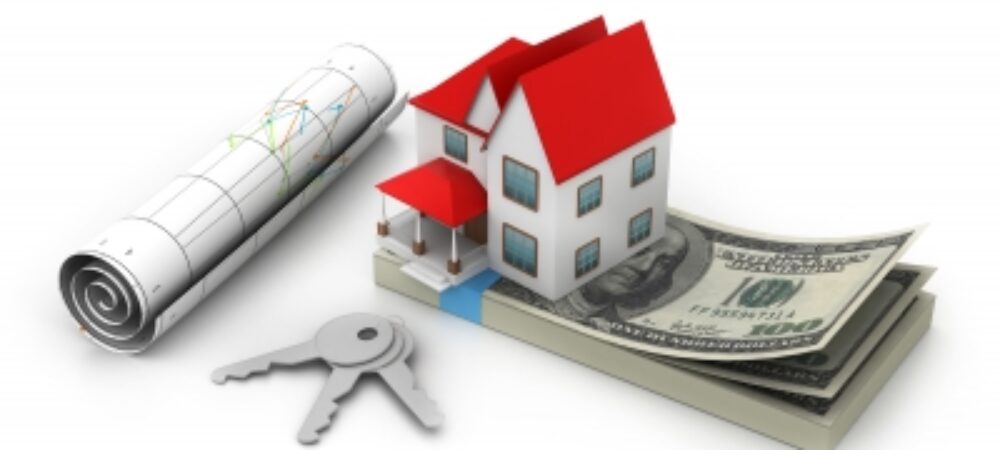How will a stamp duty holiday benefit you?
Find out how the recent stamp duty land tax holiday proposals can benefity property buyers and save you money.
On 8 July 2020 chancellor Rishi Sunak announced temporary measures for a stamp duty holiday, increasing the stamp duty threshold to £500,000, in an attempt to inject life into the housing market during the coronavirus crisis.
Stamp duty (SDLT) is a tax buyers usually pay when buying land or property over £125,000.
The rate rises depending on the value and type of property – the more expensive it is, the higher the rate you have to pay.
Policy documents say the government will temporarily increase the Nil Rate Band of Residential SDLT, in England and Northern Ireland, from £125,000 to £500,000.
The tax holiday applies from 8 July 2020 until 31 March 2021 and cut payments due for those who would have paid stamp duty.
The government has said almost nine out of ten people getting on or moving up the property ladder will pay no SDLT at all.
Here’s how it will affect first-time buyers and second home purchases:
How will a stamp duty holiday affect first-time buyers?
First-time buyers are usually exempt from stamp duty on properties worth up to £300,000 and £450,000 in London.
What is stamp duty (SDLT)?
SDLT is a lump sum payment anyone buying a property or piece of land over a certain price has to pay.
Until 8 July 2020, all house buyers in England and Northern Ireland had to pay stamp duty on properties over £125,000.
The rate varies depending on the price and type of property.
Rates are different depending on whether it is residential, a second home or buy-to-let, or whether you are a first-time buyer.
The usual system in England for residential properties means:
- First-time buyers pay nothing on properties below £300,000 (and relief available on properties of up to £500,000)
- You pay nothing if the property is below £125,000
- You pay 2 per cent if it is worth between £125,001 and £250,000
- You pay 5 per cent if between £250,001 and up to £925,000
- You pay 10 per cent if it is between £925,001 and £1.5million
- You pay 12 per cent on anything over £1.5million
For second homes or buy to let properties:
- 3 per cent on purchases up to 125,000
- 5 per cent on purchases between £125,001 and £250,000
- 8 per cent on purchases above £250,001 and £925,000
- 13 per cent on purchases above £925,001 and £1.5 million
- 15 per cent on purchases above £1.5 million
Stamp duty rates are different in Scotland and Wales.
They are then charged at a rate of 5 per cent on the portion of the value of the property between £300,000 but less than £500,000.
As the nil rate has been raised to £500,000, the changes affect those buying property worth more than £300,000 as they won’t have to pay tax on the portion that’s worth up to half a million pounds.
Those in London will see the tax-free threshold increase by another £50,000.
The average house cost £248,0000 in England as at March 2020, according to the Office for National Statistics (ONS).
How will a stamp duty holiday affect buying a second home?
We don’t yet know whether the stamp duty holiday will apply to those wanting to buy a second home.
But if it does apply, buyers could be set to save thousands of pounds in the purchasing process.
Second homes are taxed at higher rates of stamp duty – it’s 3 per cent on purchases up to £125,000, 5 per cent on the portion worth between £125,001 and £250,000 and 8 per cent on the bit worth between £250,001 and £925,000.
There are a number of free calculators online that you can use to work out how much stamp duty you currently have to pay, such as Gov.uk.
How will it help the economy?
The Treasury hopes that the possible stamp duty holiday will reboot the property market after it froze during lockdown with sales and moves suspended.
A stamp duty holiday should encourage more home owners to move, helping to kickstart economic activity in other sectors.
Contact us for a conveyancing estimate
